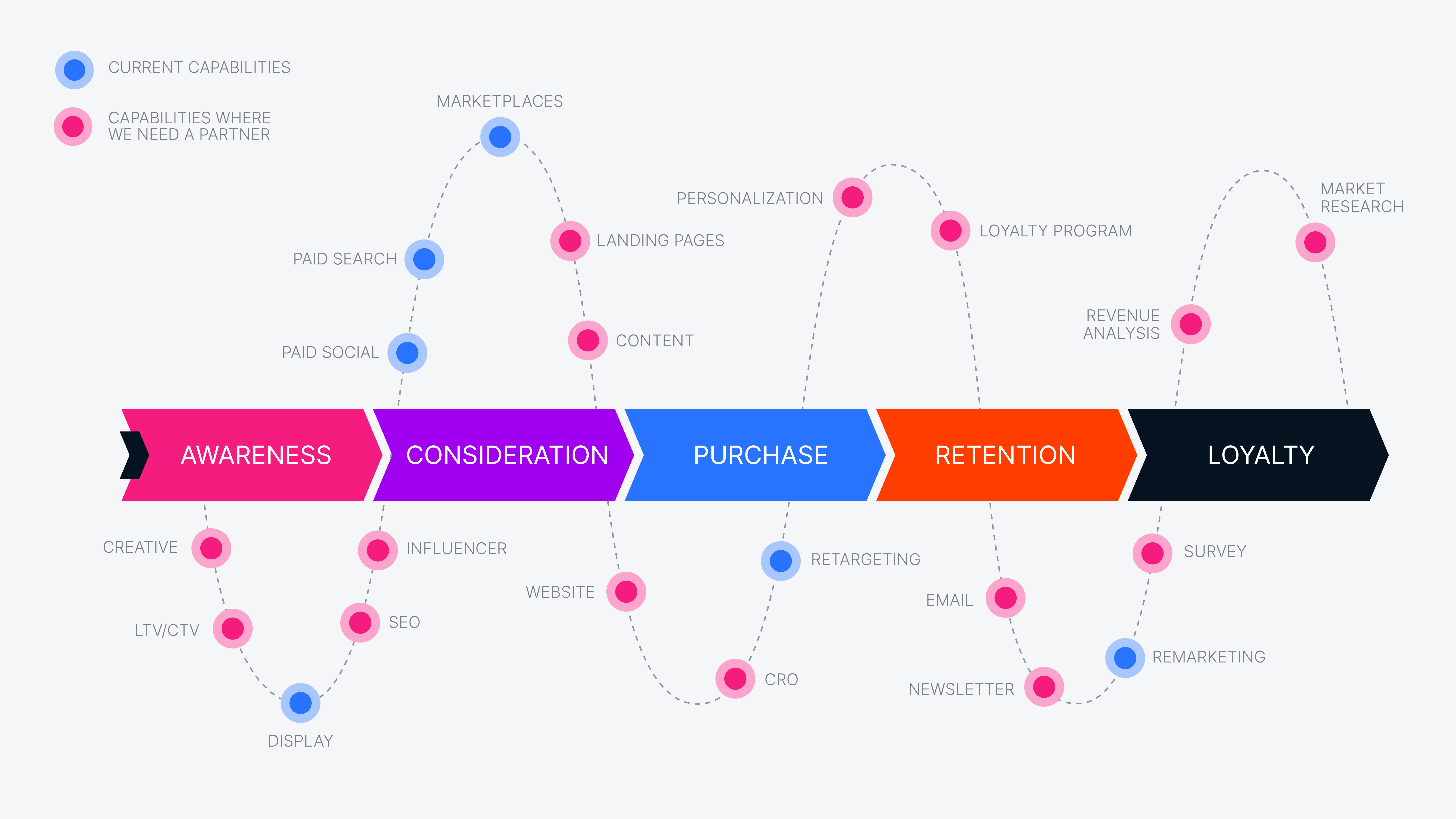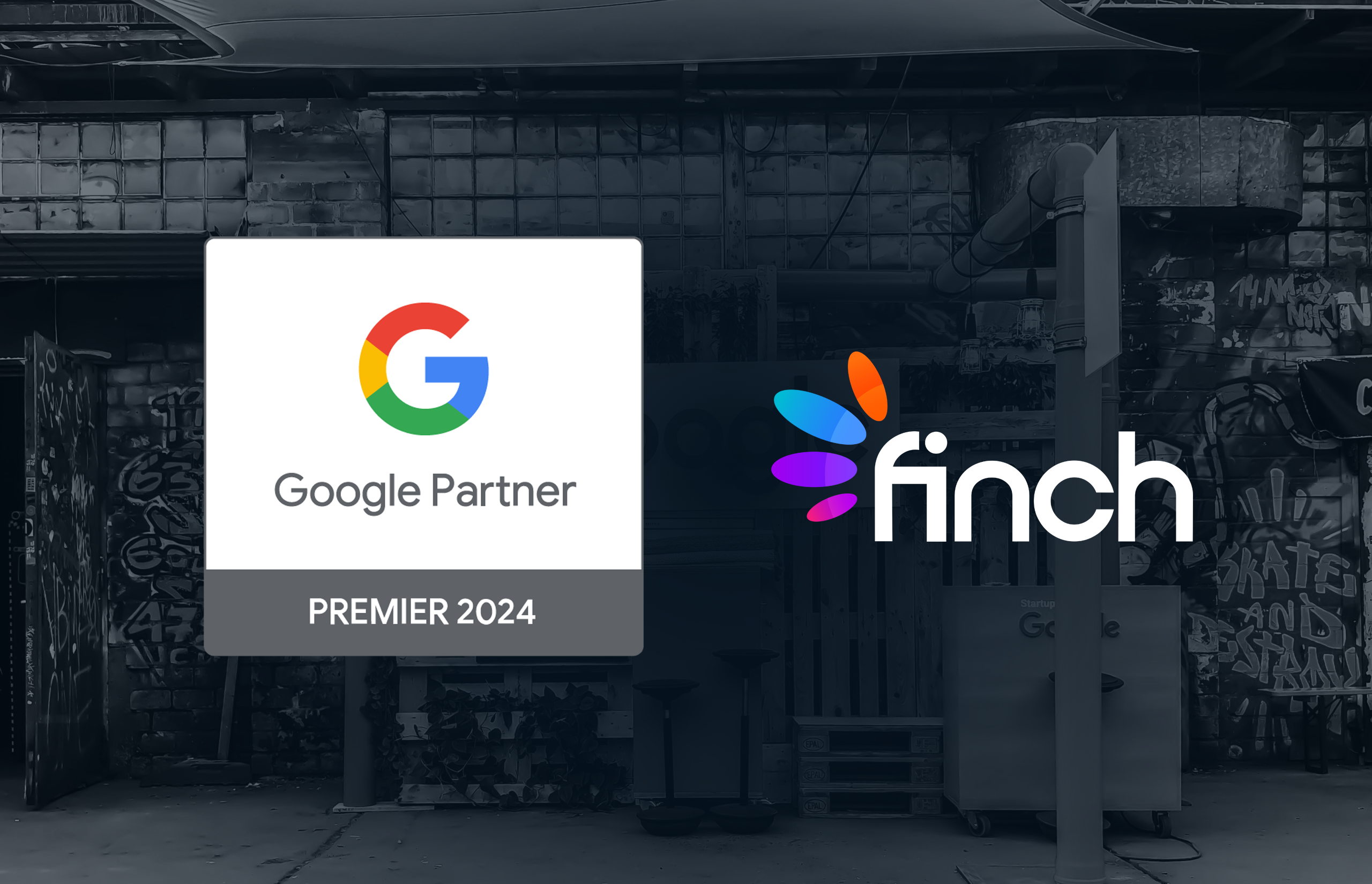The Problem With CPA Optimization
I think that we can safely assume that most businesses would like to achieve a maximal level of profit, so that being said let’s define the problem. For argument’s sake, we’re talking mainly about businesses with multiple product or service offerings, where the underlying margin differs between individual products or categories of services.
Let’s say that a given paid search advertiser has decided arbitrarily to optimize their campaign to achieve a $20 cost per conversion (CPA) across keywords related to three different products. Assuming that their bid strategy is on point for three sample products in this very simplified example, that might yield results that look something like the following:

So we hit our target CPA! A resounding success, right?
Not so fast! If we add in data showing how much revenue was generated by each product, and the related cost of sales, our results suddenly take on quite a different light:

Due to the differences in the prices of these items, they are clearly generating sales at cost ratios that are quite different from each other. This is why it makes no sense whatsoever for advertisers with products or offerings that differ in price to utilize a single CPA target for their campaigns.
Cost of Sales Optimization — A Big Improvement
If we assume for a moment that the underlying margin on all of the above products is the same, then we could safely optimize the campaign to try to hit the same cost of sales ratio for each item. This would mean that we’d be willing to pay more or less for each click, depending on the average revenue generated.
In this case, assuming that conversion rates for each product remain the same, if we decided to shoot for a 25% Adwords cost of sales for all of the products instead of an arbitrary CPA, then we’d be willing to increase our bids for both products B and C as we are coming in under the goal. Since increasing bids will also most often allow us to get in front of more traffic, we should also be able to expect our clicks to increase, and the result might look something like the following, with more conversions, and an additional $3,680 in revenue.
Profit — The End Goal of All Optimization
That brings us to yet one last tier of paid search optimization: PROFIT!
What if we can’t assume that all products have the same underlying profit margin? If that is the case, then targeting the same cost of sales for all products wouldn’t make any sense, just like using a single CPA target doesn’t make sense when products generate different amounts of revenue.
Optimizing your Adwords campaign for profit instead of other metrics can make all the difference where it matters most. The problem with profit optimization for 99.9% of advertisers is that it’s just plain hard to measure.
Going back to our example, let’s see what our numbers look like when we add in margin information:
![]()
Now that we’ve considered the profit margin per product, we can see that we’ve actually generated a net loss on product A by pursuing a cost of sales target of 25%! Clearly, we need to again adjust our strategy or be in risk of hurting that bottom line number.
There are a couple of ways in which you can go about optimizing for profit in your Adwords campaigns:
1 — Group Products or Keywords by Margin
If your products or services can be easily grouped into their own campaigns by margin level, then you could optimize bids to meet a cost of sales target appropriate for each group.
This is a highly imperfect solution however for the following reasons:
- People don’t always buy the same thing that they searched for. In other words, I could do a search for Product X, and yet wind up buying Product Y, which has a completely different margin.
- It doesn’t take into account that other items can also be purchased in the same transaction, which again could have a wide range of margins between them.
For some advertisers with a relatively small number of products or services, this method can sometimes be “good enough”, but for larger businesses with a lot more products and complexity, you’re much better off with…
2 — Profit Optimization Via Software
Granted, there are VERY few options when it comes to fully automated systems for monitoring paid search profit on a per-transaction level. That is why we at Finch are proud to offer what we believe is the preeminent solution for optimizing Adwords campaigns to maximize profit.
- A software solution for profit must be able to do all of the following:
- Parse profit information for each and every transaction recorded in Google Analytics
- Attribute that profit back to individual keywords or products, using appropriate attribution models to give credit when multiple ad clicks contribute to a sale
- Perform bid elasticity testing to find “the sweet spot” of profit maximization, always adjusting and responding to changes in conversion rates and the market as a whole
- Incorporate additional levels of bid optimization, such as device and audience, to further maximize results
Conclusion
Hopefully, this has given you some things to think about in managing your own campaigns. The bottom line takeaway, again, is to always make sure that you are optimizing for the right metric, given your business model and what you are selling.
And we always love talking profit, so if you have questions about how these concepts can be applied to you and your business, be sure t contact us.









